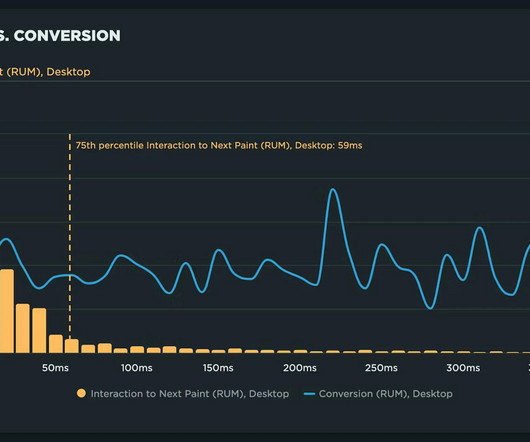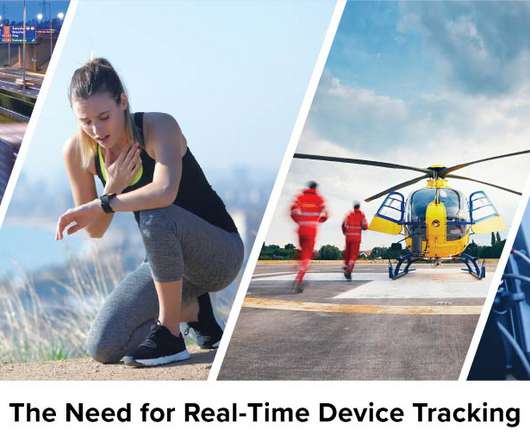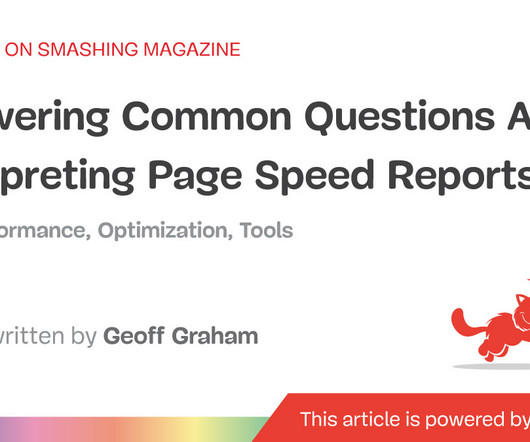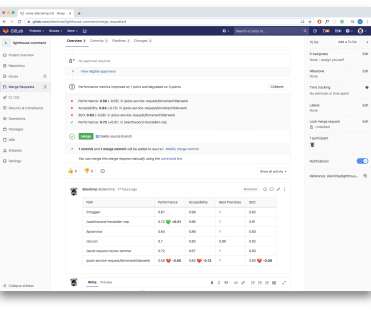MySQL Key Performance Indicators (KPI) With PMM
Percona
JUNE 22, 2023
Query performance Query performance is a key performance indicator (KPI) in MySQL, as it measures the efficiency and speed of query execution. That said, it should also be monitored for usage, which will exhibit the traffic pressuring them.




























Let's personalize your content